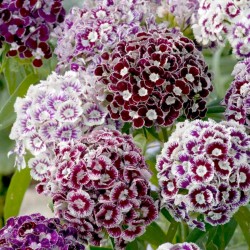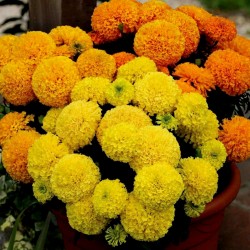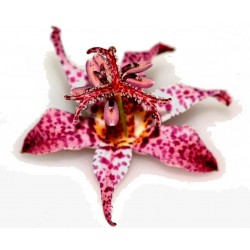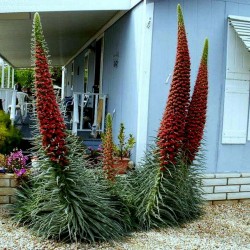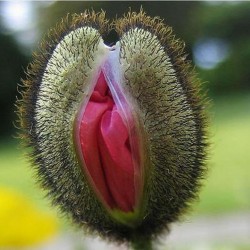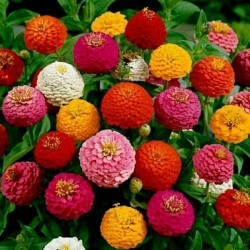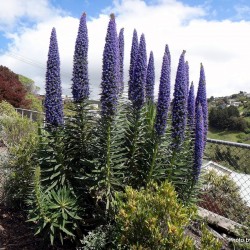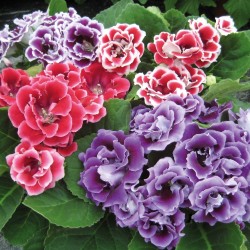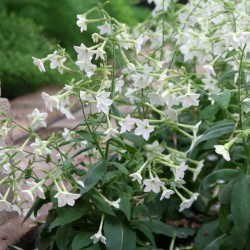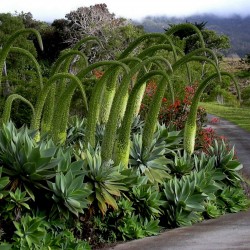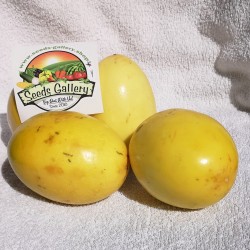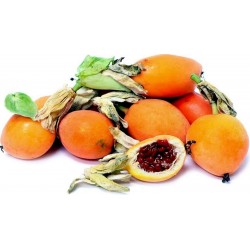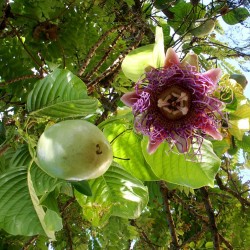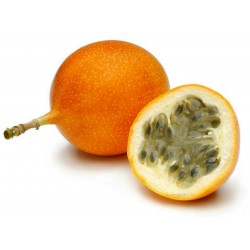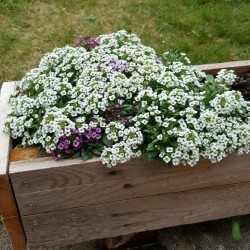
Sweet Alyssum or Sweet...
Fiyat
€2,00
(SKU: F 50)
Seeds Gallery EU,
5/
5
<div id="idTab1" class="rte">
<h2><span style="font-size:14pt;"><strong>Sweet Alyssum or Sweet Alison Seeds</strong></span></h2>
<h2><span style="color:#ff0000;font-size:14pt;"><strong>Price for Package of 600 seeds (0,3g).</strong></span></h2>
<p>Lobularia maritima syn. Alyssum maritimum, common name sweet alyssum or sweet alison, also commonly referred to as just alyssum (from the genus Alyssum in which it was formerly classified) is a species of low-growing flowering plant in the family Brassicaceae.</p>
<p><strong>Description</strong></p>
<p>It is an annual plant (rarely a short-lived perennial plant)[2] growing to 5–30 cm (2–12 in) tall by 20–30 cm (8–12 in) broad. The stem is very branched, with dense clusters of small flowers. The leaves are 1–4 mm long and 3–5 mm, broad, alternate, sessile, quite hairy, oval to lanceolate, with an entire margin.</p>
<p>The flowers are about 5 millimetres (0.20 in) in diameter, sweet-smelling, with four white rounded petals (or pink, rose-red, violet and lilac[2]) and four sepals. The six stamens have yellow anthers. The flowers are produced throughout the growing season, or year-round in areas free of frost. They are pollinated by insects (entomophily). The fruits are numerous elongated seedpods rather hairy, oval to rounded, each containing two seeds. The dispersal of seed is effected by the wind (anemochory)</p>
<p><strong>Etymology</strong></p>
<p>The genus name Lobularia comes from the a Greek word meaning "small pod", referring to the shape of the fruits. The name of the species maritima refers to its preferred coastal habitat.</p>
<p><strong>Distribution</strong></p>
<p>This plant is native to the Mediterranean region, Macaronesia (Canary Islands, Azores) and in France in the Bay of Biscay. It is widely naturalized elsewhere in the temperate world. There is an endemic subspecies in the local flora of the Columbretes Islands.</p>
<p><strong>Habitat</strong></p>
<p>It is common on sandy beaches and dunes, but can also grow on cultivated fields, walls, slopes and waste ground, preferably on calcareous soil, at an altitude of 0–300 metres (0–984 ft) above sea level.</p>
<p><strong>Cultivation</strong></p>
<p>Lobularia maritima is cultivated in gardens, with many horticultural varieties with purple or pink flowers. The plant is best planted in early spring, but requires little maintenance when growing. Although an annual, it may reseed in temperate climates.[2] It will flower more profusely if spent blooms are trimmed. When grown in gardens, it is typically used as groundcover, as it rarely grows higher than 20 cm (8 in) tall. It is also grown in cracks in paving and walls, and is especially associated with coastal locations. It prefers partial shade, and is resistant to heat and drought. Plants with darker-colored flowers do better in cooler temperatures.</p>
</div>
F 50





